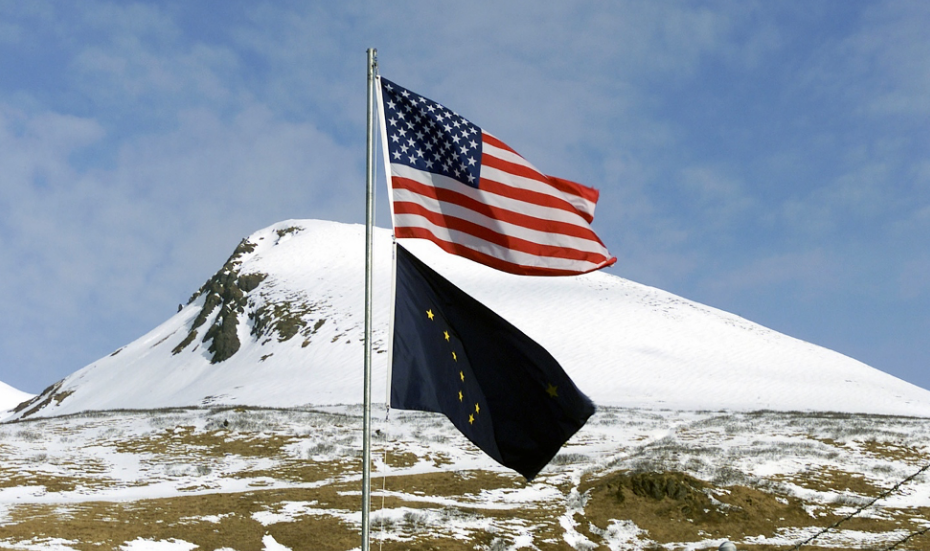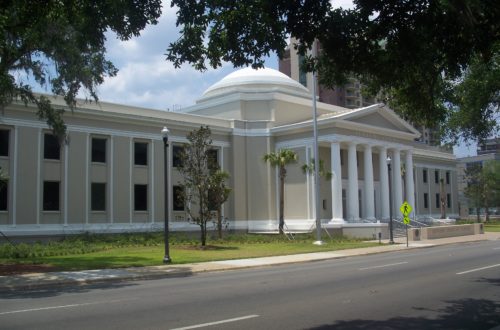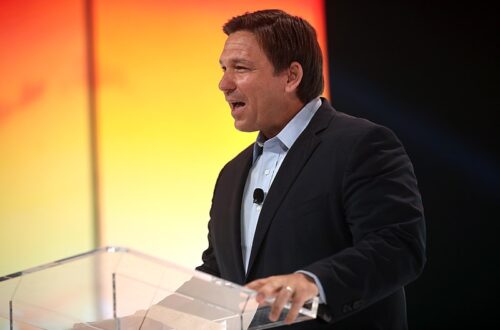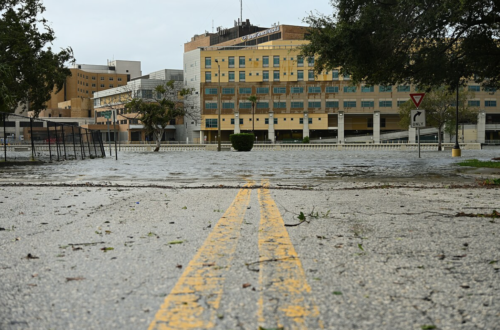On Aug. 31, Alaska shocked the nation when Democrat Mary Peltola won a surprise victory over her Republican adversaries in the race to fill the seat of Rep. Don Young, Alaska’s only member of the U.S. House, who passed away unexpectedly earlier this year.
Using the new ranked-choice voting system approved by Alaskan voters in 2020, Alaska has now elected its first Democrat to the House since Nicholas Begich in 1971 – nearly 50 years ago.
It should be noted that we cannot be certain how much of this change can be attributed to the particular situation of the race – the unfavorability of Peltola’s opponent Sarah Palin, the implications of ranked choice voting, and the situation of the special election at a time when Democrats have just overtaken Republicans in general ballot polling, to name a few potentially confounding factors.
However, it is undeniable that Democrats have been overperforming the expectations of pollsters since the Supreme Court’s spat of controversial rulings throughout June, chief among them the ever-inflammatory Dobbs v. Jackson Women’s Health, an overturning of the landmark Supreme Court case that guaranteed the right to an abortion, Roe v. Wade.
Alaska, rather than being a break from the trend, is a continuation of Democrats’ continual outstripping of polling predictions following Dobbs, as can be seen below.
But what can a state on the exact opposite side of the country tell us about Florida? Well, it could be an indication of a serious challenge to Florida’s Republican incumbents.
Since 2012, Florida has undergone a gradual shift away from being a battleground state towards one with clear proclivities for the GOP. Most major pollsters afford the Republican Party a crushing advantage in terms of performance at the state level.
As of Sept. 2, political prediction website FiveThirtyEight grants incumbent Sen. Marco Rubio an 87 in 100 chance of victory over Democratic challenger Val Demings, while Larry Sabato’s Crystal Ball at the University of Virginia has solidly characterized the Florida Senate race as “Likely Republican.”
When considering the gubernatorial race in Florida, this disparity becomes even more dismal for Florida Democrats, with FiveThirtyEight giving current Gov. Ron DeSantis a 93 in 100 chance of winning. Suffice to say, conventional polling wisdom gives very little credence to the thought of a Democratic win in either of Florida’s major statewide elections through anything short of a biblical miracle.
And yet… established pollsters also gave very similar odds to Mary Peltola. In fact, almost the exact same chance was given to her the day she triumphed in the special election as are currently ascribed to Demings in the race for Rubio’s Senate seat – 14 in 100. Alaska is also ranked in the very same “Likely Republican” category in which Florida has come to consistently reside (or even further right).
All of this points to the idea that Florida’s top Republicans would be wise to not engender complacency in the soothing idea of a red wave cushioning a comfortable majority for the GOP in both houses of Congress. The historical precedent of the president’s party losing seats during a midterm year is strong, but not rock solid.
In particular, it should be noted that Peltola won her race with one-fourth the spending of her top contender, former Alaska Gov. Sarah Palin. For DeSantis in particular, this may indicate that his gargantuan fundraising ($172 million as of Aug. 19) may not be enough to save him from a close race with his general election opponent, former governor and current U.S. Rep. Charlie Crist. DeSantis still has $132.5 million split between his campaign and personal PAC.
Sitting on a war chest this large so close to general election belies only one prospective use: DeSantis’ seeming aspirations for the Oval Office. Based on current FEC precedent, the cash DeSantis accumulates in this race could very well bolster an initial leap towards the presidency. By all accounts, a blowout victory for the governorship of Florida would highlight his qualifications as a conservative superstar, especially were he to cement the ever-coveted double-digit win in a state that only voted for former president Donald Trump by a three-point margin.
Were DeSantis to significantly outperform Trump in their shared home state, it could signal to national GOP donors of the former’s superior qualification as the Republican presidential nominee.
The only problem? With every special election like Alaska, it is becoming harder to justify that the national environment is broadly supportive of a string of conservative victories across the ballot. The idea of a red wave has seemed to dissipate into more of a red ripple. This year simply doesn’t seem electorally conducive to the Republican that rests on their laurels.
One should remember that DeSantis only won his seat by a rounding error – 0.4%. Sen. Rick Scott, though not up for election this cycle won his seat that same year by only 10,000 votes, or 0.2%. Republicans must do well to remember this entering the final stretch of campaigning, lest they risk their political futures.
Rubio has acknowledged such, calling Florida “a dynamic state” in August. Yet, his gubernatorial ballot contemporary, DeSantis, seems to shirk this notion in his low spending numbers.
There appears a desire to conserve the fiscal integrity of the DeSantis campaign’s electoral reserves, and yet there is an expectation for a blowout victory to pave suspected national political ambitions while DeSantis has still underspent his 2018 campaign.
If DeSantis wants to keep his darling status as a winner for the GOP, he needs to respect the shift in the national environment induced from the results of states like Alaska. Instead of taking trips to Pennsylvania and Ohio with his limited time, he needs to campaign like he could lose – because he can lose. Of course, a Crist victory is still unlikely, but the apparent increasingly narrow margin of DeSantis 2022 could very well determine whether “DeSantis 2024” ever sees the light of day.
Check out other recent articles from the Florida Political Review here.
Featured image: The United States flag flying above the Alaskan flag. Unedited photo by the U.S. National Archives used under no known copyright restrictions. (Source: NARA and DVIDS Public Domain Archive)





